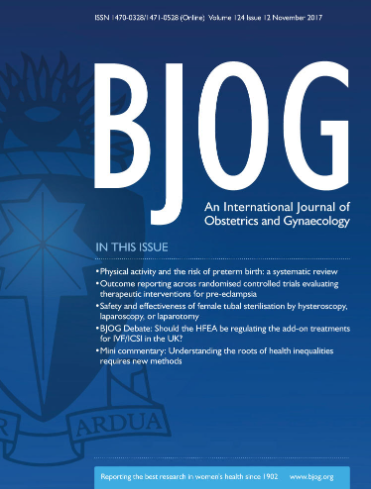Women's Pregnancy Experiences With a Transvaginal Cervical Cerclage: A Qualitative Study
Abstract
Objective
To investigate women's experiences of being pregnant with cervical cerclage and managing the risk of preterm birth.
Design
Qualitative interview study.
Setting
Denmark.
Population
Women who had undergone transvaginal cervical cerclage (elective or emergency) in at least one pregnancy, regardless of outcome.
Methods
Semi-structured, in-depth interviews with 21 women. The interviews lasted 42–90 min and were analysed using reflexive thematic analysis.
Main Outcome Measures
A qualitative analysis of women's experiences.
Results
Three themes were identified. Navigating uncertain and conflicting information describes the women's experience of fear of pregnancy loss and their requests for information and professional guidance. Faced with contradictory advice regarding activity restriction, many adopted the most restrictive regimen in a ‘better safe than sorry’ approach. My baby, my body, my responsibility describes the women's sense of personal responsibility towards prolonging pregnancy (e.g., by bed rest) and their ‘hyper-alertness’ to any signs of impending birth. Though restricted activity weakened their bodies, it was described as a ‘necessary price to pay’. Enduring bed rest describes the emotional and bodily burden of restricted activity, and the strategies developed to cope—such as establishing daily routines, setting short- and long-term goals, and drawing on support from partners and networks. Continuity of care with trusted healthcare professionals was described as essential to feeling safe and hopeful.
Conclusions
Cervical cerclage offers some reassurance, but women still carry a heavy sense of responsibility for preventing preterm birth through restricted activity. Clear and consistent information from healthcare professionals may help reduce some of this burden.




 求助内容:
求助内容: 应助结果提醒方式:
应助结果提醒方式:


